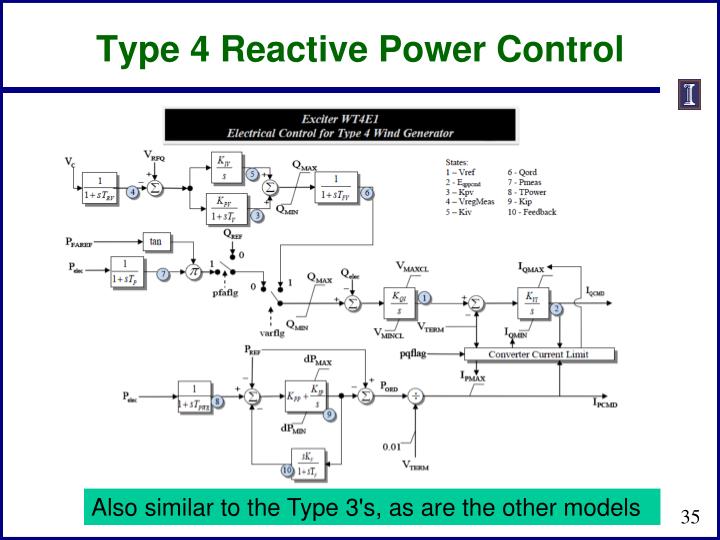Featured
What Is Reactive Power Control
What Is Reactive Power Control. Therefore, reactive power doesn’t actively keep our lights and electronics on. But it also means controlling voltage across.

On the other hand, reactive power is the imaginary power or apparent power, which does not do any useful work but simply moves back and forth in the power system lines. The power supply is an ac circuit that flows back and forth which means it moves in both directions (from source to load) in the circuit and reacts upon itself is called reactive power. But it also means controlling voltage across.
The Power Supply Is An Ac Circuit That Flows Back And Forth Which Means It Moves In Both Directions (From Source To Load) In The Circuit And Reacts Upon Itself Is Called Reactive Power.
Reactive power is both the problem and solution to the power system network for several reasons. Different voltage and reactive power control methods have been proposed. It plays an important role in the electrical power system for various functions such as satisfying the reactive power requirement, improving the voltage profiles, decreasing the network loss, providing sufficient reserve to ensure system security in.
Reactive Power (Var) Compensation Is Defined As The Management Of Reactive Power To Improve The Performance Of Ac Systems.
Most compensation banks are controlled stepwise. Increasing reactive power may be described as making the riverbed steeper while “squeezing” the water forward. When operating unstable ac systems, problems tend to arise because of unstable voltage and overvoltage surges.
The Change, However, Is Proportional To (R/X), Which Is Normally Small.
Reactive power production and consumption by generators allows the network operator to control voltages throughout their system. Referring back to the river analogy, without a riverbed to push against for forward motion there could be no water flow. Reactive power is either generated or absorbed by electric generators (or, in some cases, devices known as capacitors) to maintain a constant voltage level, commonly referred to as providing “voltage support.”.
To Perform Basic Voltage And Reactive Power Control Functions, E.g., To Maintain The Voltages In The Distribution System Within The Acceptable Range And To Minimize Power Losses.
It is a byproduct of ac systems and produced from inductive and capacitive loads. The wind farm is required to operate at a fixed power factor when generating, often equal to 1. Therefore, reactive power doesn’t actively keep our lights and electronics on.
Without Enough Reactive Power, Voltage Drops Threaten The Grid’s Stability.
The requirements can be stated in a number of ways. Actual power is denoted by “p”. During the contingency like, an outage of a transmission line or sudden change in demand for reactive power,this capability will balance the supply and demand of reactive power.
Comments
Post a Comment